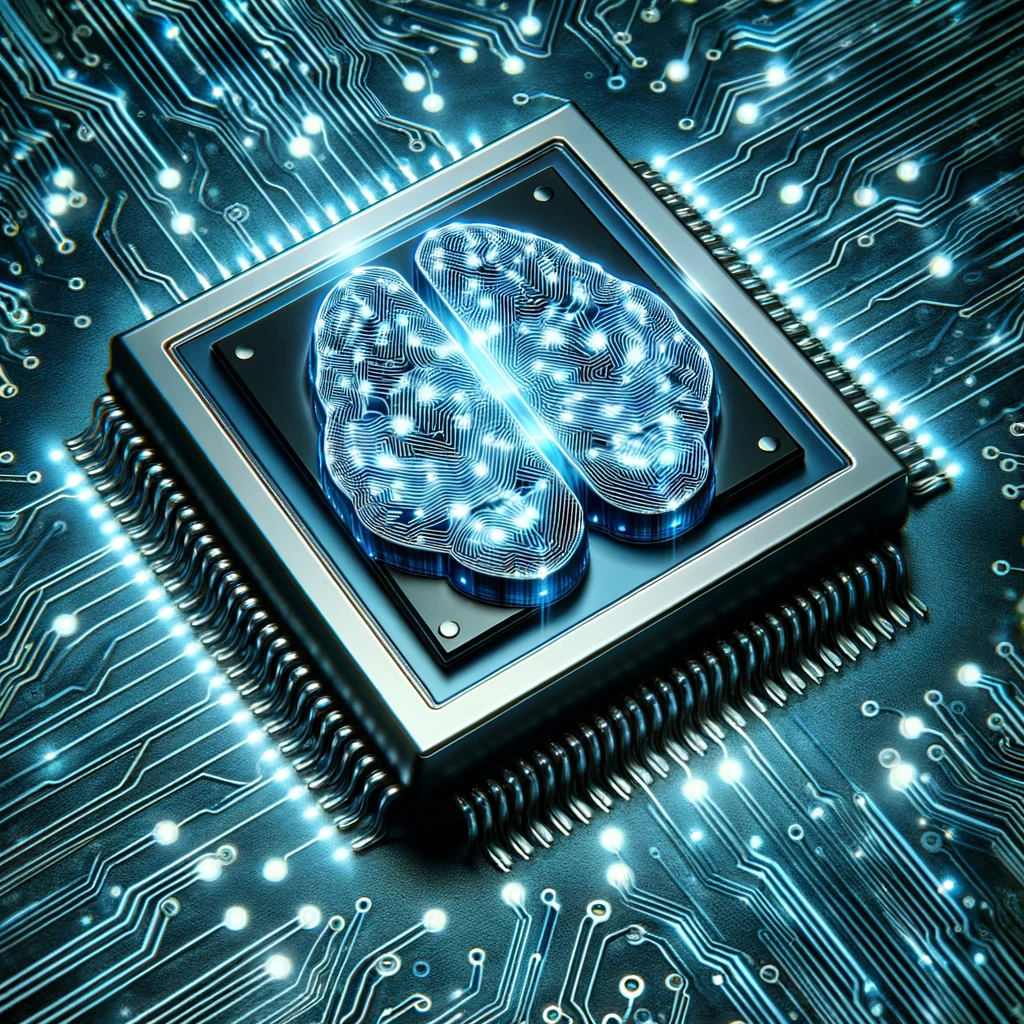The Dawn of a New Era: Neuromorphic Computing
Understanding the Neuromorphic Revolution
What is Neuromorphic Computing?
Neuromorphic computing, a term coined in the late 1980s by Carver Mead, refers to the design of computer architectures that are patterned after the human brain’s structure and function. Unlike traditional computing systems, which are based on the von Neumann architecture and process tasks sequentially, neuromorphic systems mimic the parallel, event-driven processing of biological neural networks. This allows them to process information more efficiently, especially for tasks like pattern recognition, decision making, and sensory data interpretation.
The Brain-Inspired Approach
The key to neuromorphic computing lies in its use of artificial neurons and synapses, designed to replicate the brain’s neuronal networks. These systems use advanced algorithms and silicon technologies to emulate the synaptic and neuronal dynamics of the brain, leading to improved learning and adaptive capabilities.
Latest Developments and Applications
Recent Breakthroughs
In recent years, there have been significant advancements in neuromorphic computing. Researchers and tech giants are actively developing technologies that push the boundaries of traditional computing.
- Energy Efficiency: One of the latest breakthroughs in neuromorphic computing is the development of systems that consume significantly less power compared to conventional CPUs and GPUs. This makes them ideal for use in mobile devices and other battery-powered electronics.
- Advanced Learning Algorithms: Enhanced learning algorithms are being developed, enabling these systems to learn and adapt in real-time, much like the human brain. This is a significant step forward in creating more intelligent and autonomous systems.
- Integration with AI and Machine Learning: Neuromorphic computing is increasingly being integrated with AI and machine learning technologies, leading to improvements in areas such as voice and image recognition, and even predictive analytics.
Potential Applications
The potential applications of neuromorphic computing are vast and varied. They include:
- Robotics: Enhancing robots with neuromorphic systems could lead to more autonomous and efficient machines, capable of learning and interacting with their environment in more human-like ways.
- Healthcare: In healthcare, neuromorphic computing could revolutionize diagnostics and patient monitoring through advanced pattern recognition and data analysis.
- Automotive: The automotive industry could benefit from neuromorphic computing in the development of self-driving cars, with improved decision-making and sensory processing.
Challenges and Future Outlook
Overcoming Challenges
Despite its promising potential, neuromorphic computing faces several challenges. The complexity of accurately emulating the human brain, ensuring the scalability of these systems, and integrating them with existing technologies are some of the hurdles that researchers and developers are working to overcome.
The Road Ahead
The future of neuromorphic computing is bright, with continued research and development poised to unlock even more advanced capabilities. As the technology matures, we can expect to see wider adoption across various sectors, fundamentally changing the way we interact with technology and solving complex problems that were previously beyond the reach of traditional computing systems.
